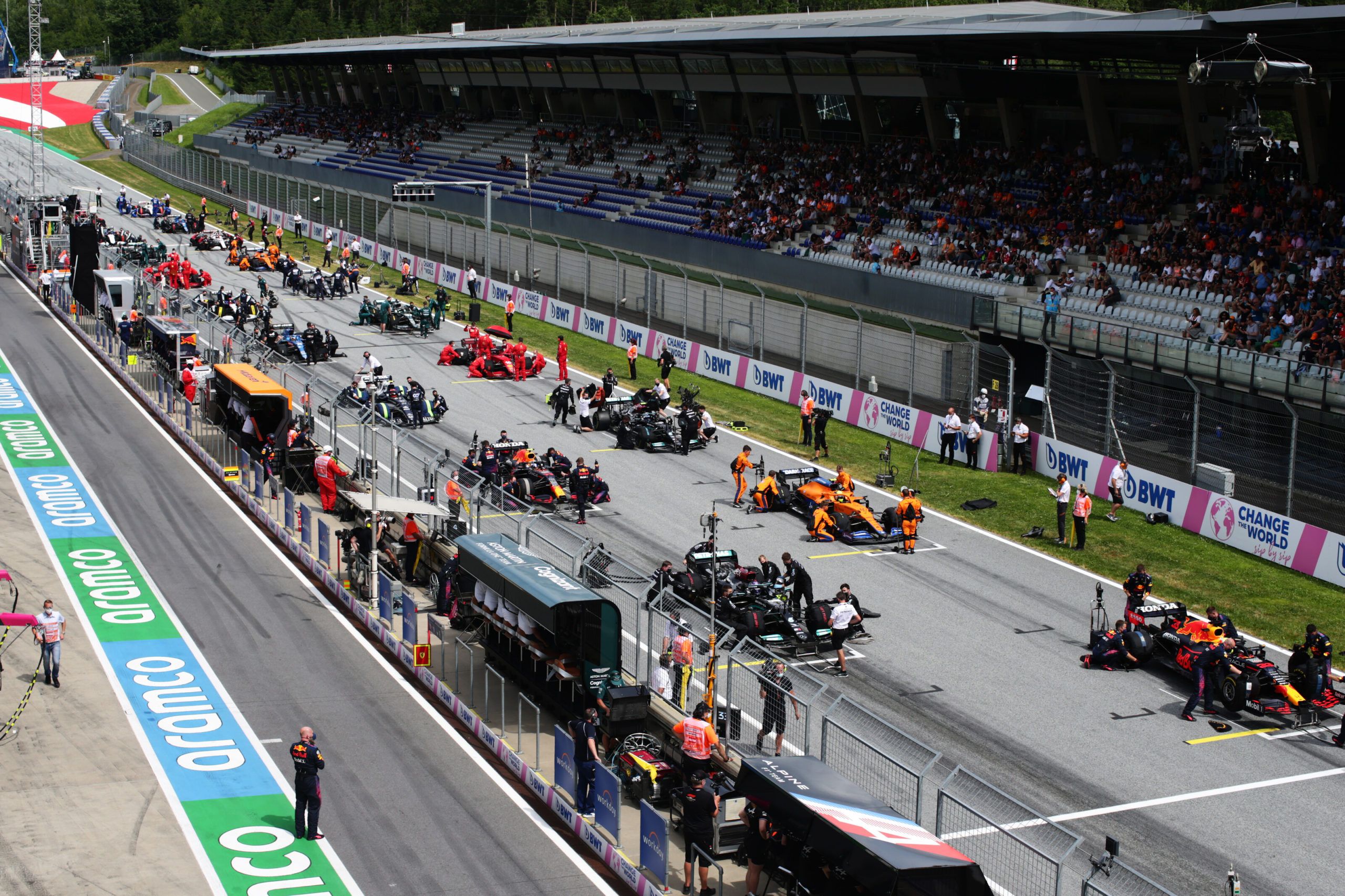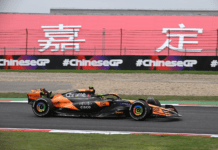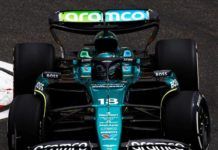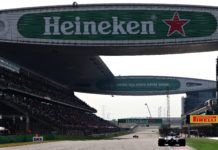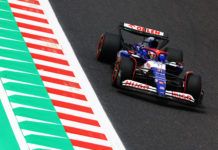It was evident at the Hungarian GP that veteran drivers like Lewis Hamilton were struggling to keep up with the sport’s young bucks, as the F1 champion looked like he was about the faint on the podium.
No doubt Hamilton and the rest of the grid were looking forward to a well-earned summer break, during which they can recharge their batteries both mentally and physically.
However, this does not mean that drivers are simply allowed to balloon up in weight or to let their cardio fall by the wayside, because team bosses will want their star drivers back better than ever by the time the second half of the season roars into gear.
Here we take a look at exactly how the world’s best drivers keep themselves ticking over during the summer break, so they are raring to go as soon as the lights go green.
Fitting Workouts in Away from the Track and Gym
Whether they are on holiday or have other commitments that keep them away from proper training facilities, F1 drivers always have to be on the search for new ways to keep fit wherever they happen to be in the world.
This means being flexible and inventive when it comes to devising workout plans and routines which will tick all the fitness and strength boxes. Creative ways to train in a confined space include doing HIIT workouts. HIIT stands for high intensity interval training and is incredible for providing a full body workout in settings that are not usually conducive to exercise, such as hotel rooms. A HIIT workout consists of exercises like burpees, squats, lunges and mountain climbers, all of which get the heart rate up just as fast as it would be going into the first corner at a grand prix.
Yoga and Pilates Prevent Injury and Keep Drivers Supple
HIIT workouts are perfect for a nice blend of cardio and strength, but something else which many drivers sometimes overlook is staying flexible. This is particularly useful for men who spend much of their working lives seated in a car, where aches and pains can begin to develop if their bodies are not supple enough to adapt to hard braking and the g-forces that come with it.
Exercises that can really help are those which put flexibility above all else. Yoga and Pilates are now regularly taught to drivers by their personal trainers, because their benefits go way beyond driving performance to benefit athletes long after their careers are over with, and their names are in the hall of fame.
The Neck Is Key in F1
There are few sports in which having to train your neck is a necessity with only boxing really coming to mind. However, F1 drivers also need to ensure that their heads are screwed on as firmly as possible because the amount of vibrations and energy they must resist during endless laps of a race is huge.
This means some drivers will even don weighted helmets during their training, so that their regular race helmet feels as light as a feather come race day.
Long Distance Training Keeps Drivers Focused till the Chequered Flag
The final piece of the training puzzle that drivers should always be working on is their cardio and endurance because a race is won over a number of laps rather than just the one.
This has led to lots of drivers getting into sports such as cycling and running or, in the case of Jenson Button, you can just combine them all and get into doing triathlons. Either way, stretching their legs either on a bike, in a pool, or out on the track is a crucial component of any driver’s summer break training regimen.

